Getting your P plates is a huge milestone; it’s the stage where you move from driving under supervision to hitting the road on your own. But depending on where you live in Australia, the path to getting your P plates comes with different requirements, rules, and timelines.
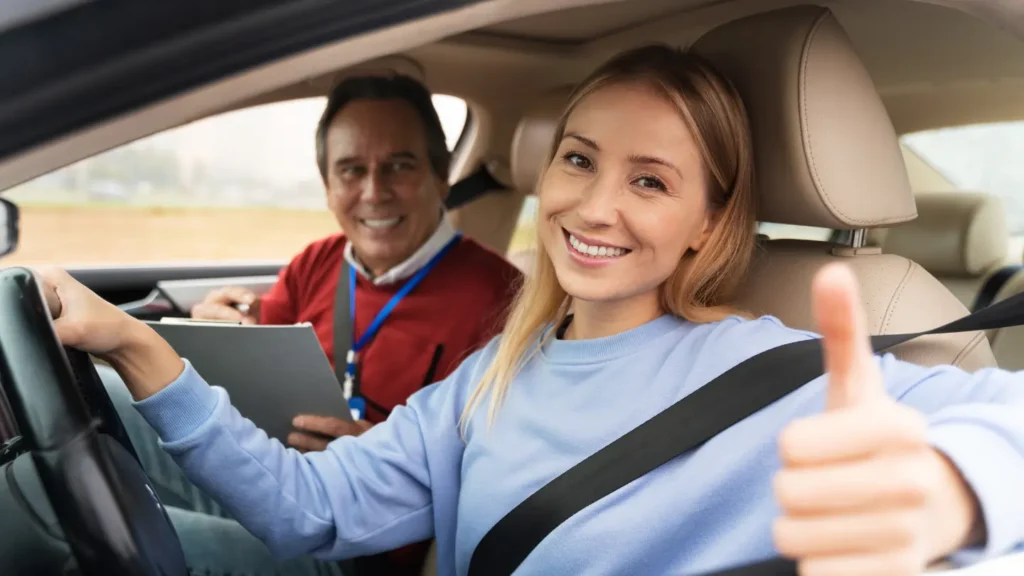
Here’s a breakdown of what you need to know.
New South Wales
In NSW, the first stage of a provisional licence is the P1, marked by red P plates. To be eligible, you must be at least 17 years old. If you’re under 25, you also need to have held your learner licence for at least 12 months and completed 120 hours of supervised driving, including 20 hours at night. Drivers aged 25 and over can skip the logbook requirement and proceed directly to the driving test when they are ready.
Steps to apply:
- Pass the Hazard Perception Test (HPT):
This can be taken after 10 months on your Ls if you’re under 25. You can attempt the test as many times as needed, though fees apply for each try.
- Pass the Driving Test:
Submit your logbook (if required), prove your identity and pass an eyesight test. You also need to pay for the licence and testing fees.
- After Passing:
You’ll receive either a physical or digital licence. Also, you must display red P plates clearly on your vehicle.
Key restrictions on Red Ps in NSW:

- Maximum speed limit: 90 km/h.
- Zero alcohol limit.
- No mobile phone use (including hands-free).
- No supervising learners.
- Towing trailers weighing up to 250kg (must display P plates on trailer).
- If you are under 25, you can’t carry more than one passenger under 21 between 11 pm and 5 am unless you are exempt.
Penalties are strict, only four demerit points are allowed within three years before suspension, and speeding or high-risk offences can lead to immediate suspension. Suspension periods do not count toward the 12 months on red Ps. After completing a year on red Ps, you can progress to your green Ps (P2 licence).
Queensland
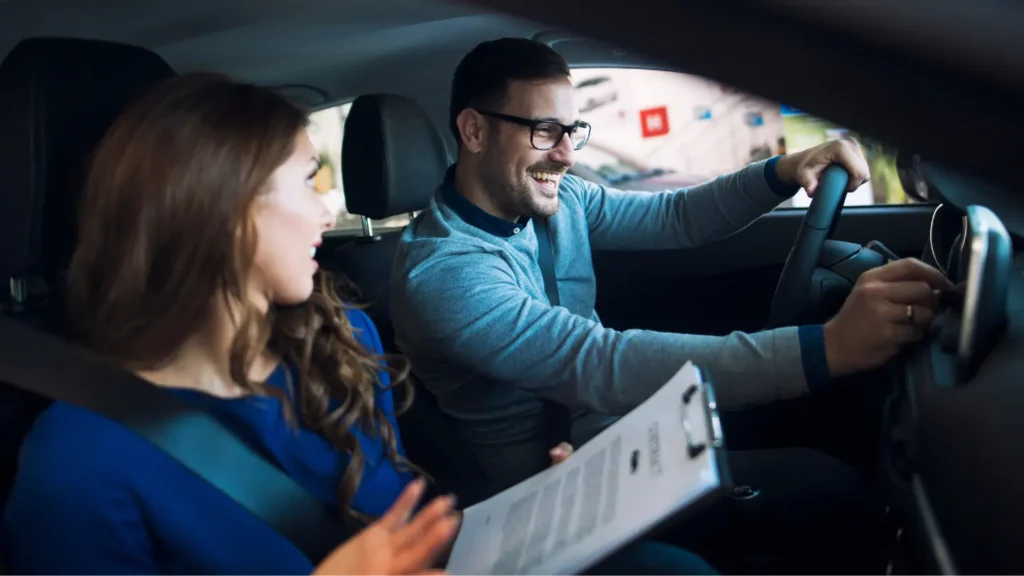
In Queensland, you can apply for a P1 provisional licence (red P plate) once you turn 17 and meet your learner requirements. The eligibility rules differ slightly depending on your age.
If you’re under 25, you must have held your learner’s licence for at least 12 months and completed 100 hours of supervised driving, including 10 hours at night. For those aged 25 and over, the process is simpler—you can skip the logbook and just book and pass the driving test to move on to your provisional licence.
Restrictions for P1 drivers:
- Red P plates must be displayed.
- Zero alcohol tolerance.
- No mobile phone use while driving.
- Cannot drive high-powered vehicles.
- Under 25s: No more than one passenger under 21 between 11 pm and 5 am (with some exemptions).
- Four or more demerit points within a one-year period may result in suspension.
Victoria
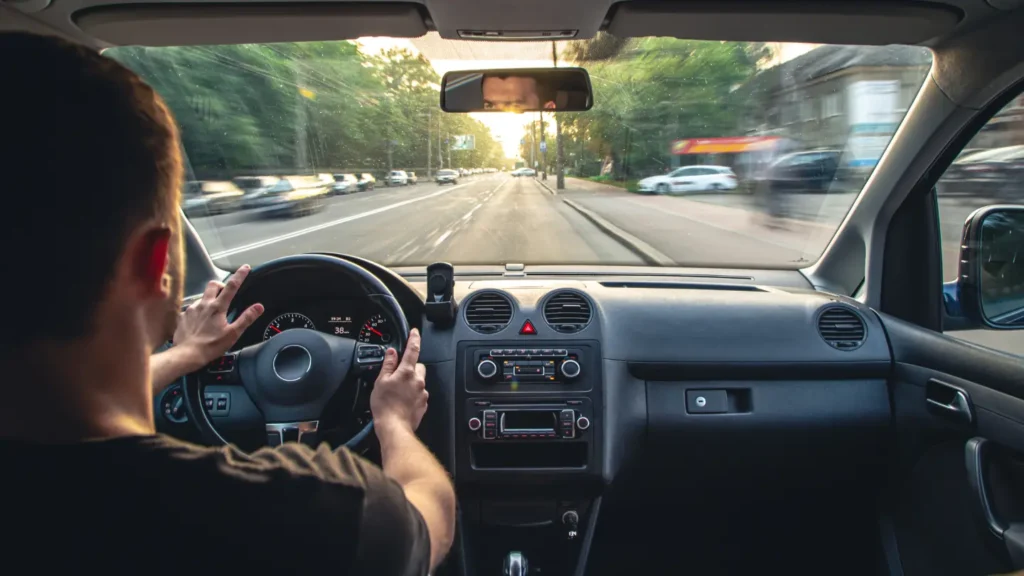
Victoria splits provisional licences into P1 and P2 stages, with a probationary licence system. Applicants must be at least 18, hold a learner permit, have a Victorian residential address, and not be suspended or disqualified at the time of applying.
Learner permit minimum periods vary by age: those under 21 must hold it for 12 months, those aged 21–24 for 6 months, and those aged 25 and above for 3 months. Under-21 drivers also need to log 120 supervised hours, including 20 at night.
To qualify, all applicants must pass:
- An eyesight test.
- A hazard perception test (online or in person).
- A practical driving test.
Probationary licence duration depends on age. Under-21s will spend 12 months at P1 and three years at P2, while over-21s can skip straight to P2.
Driving restrictions include:
- Displaying red P plates.
- Zero alcohol limit.
- No mobile phone use (including hands-free) for drivers under 25.
- Carrying no more than one passenger under 21 between 11 pm and 5 am, unless an immediate family member.
- Four or more demerit points may result in suspension or a “good behaviour” period.
Why do the differences matter?
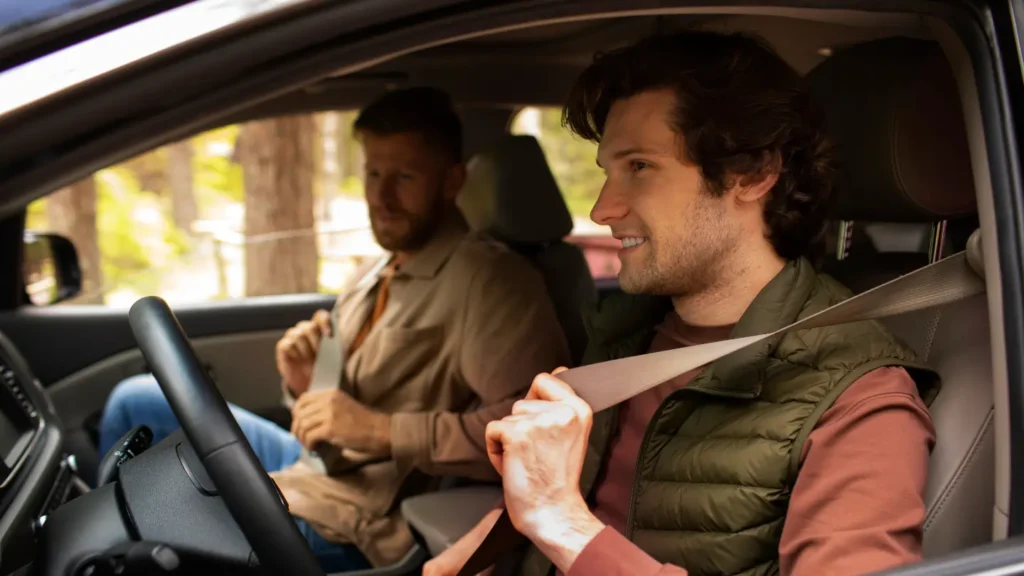
While all states require passing both a hazard perception test and a practical driving test, the rules around age, supervised driving hours, and passenger restrictions differ between them. For younger drivers, especially those in Victoria and NSW, stricter logbook requirements apply, while Queensland offers more flexibility for those over 25.
The road ahead
Getting your P-plates is an exciting step toward independence, but it comes with significant responsibilities. Each state sets strict rules to keep new drivers safe on the road. Once you’ve clocked your time on your red Ps (P1), you’ll move up to green Ps (P2), and eventually to your full licence. Once you’ve mastered your red and green Ps, your full licence is within reach. Until then, use this time to develop confidence, gain experience, and establish safe driving habits.
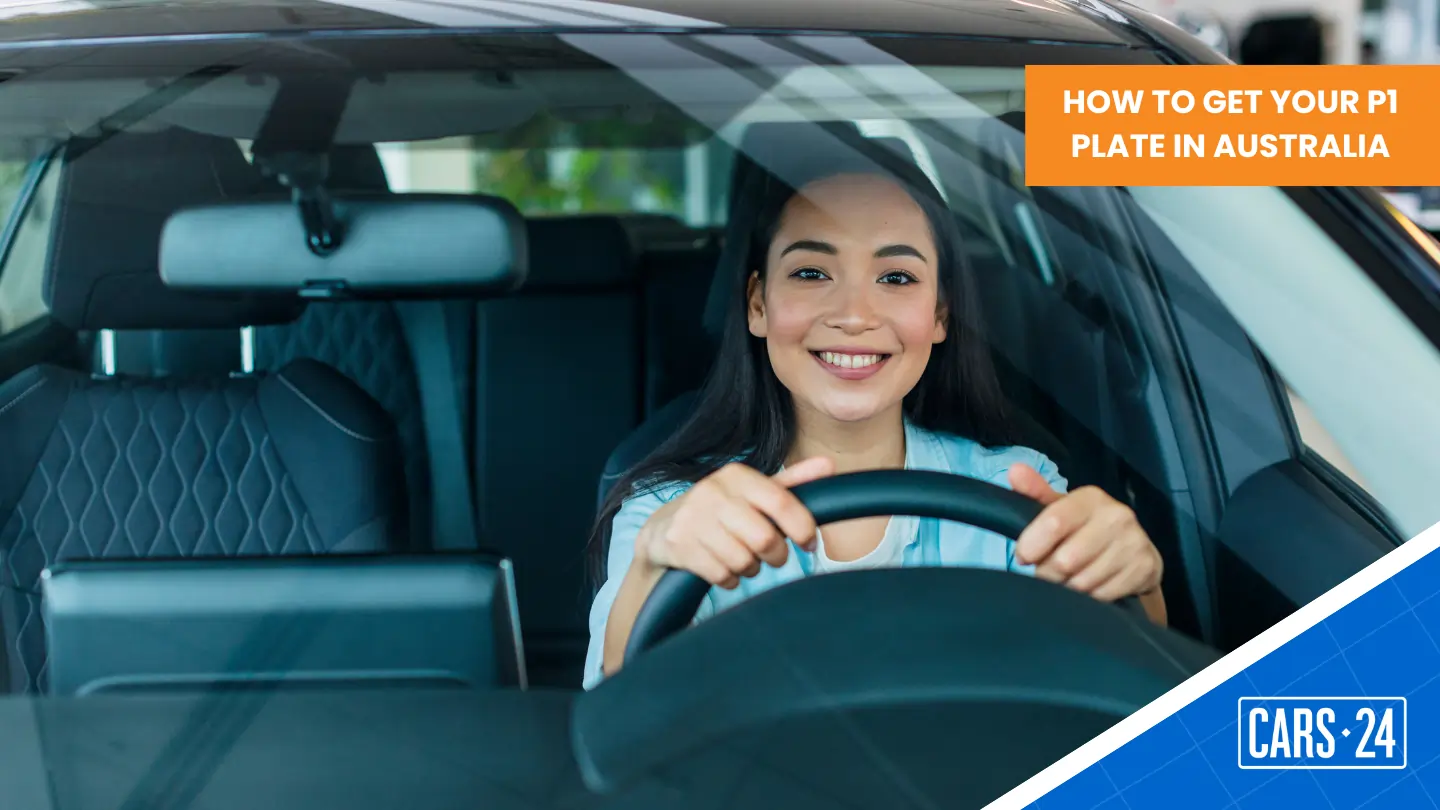
Comments
New Comment